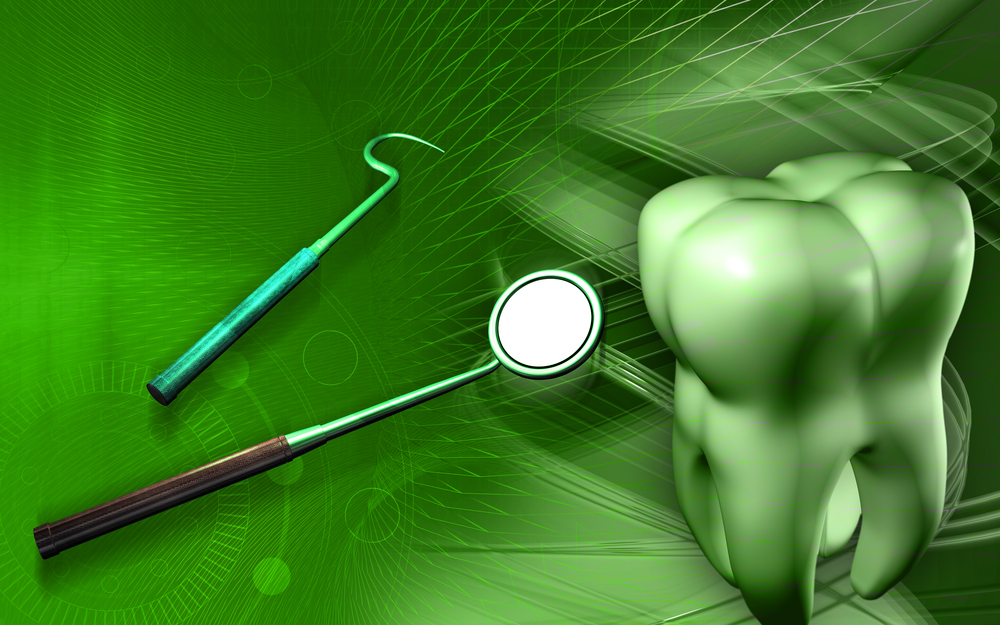The modern dental industry is undergoing a significant transformation. As environmental consciousness grows across various sectors, the oral health care industry is also stepping up to the plate, embracing sustainable practices and eco-friendly technologies. This shift not only aims to reduce the environmental footprint of dental practices but also seeks to enhance patient care and community health. This article delves into the various sustainable practices being adopted in the oral health care industry, focusing on their impact and benefits.
The Drive for Sustainability in Dentistry
Sustainability in dentistry encompasses a broad range of practices aimed at minimizing environmental impact while maintaining or improving the quality of care. These practices range from reducing waste and conserving water to using eco-friendly materials and energy-efficient equipment. The motivation behind this shift is multifaceted, driven by both ethical considerations and the potential for cost savings.
Eco-friendly Materials and Products
One of the primary areas where dental practices are making strides in sustainability is in the use of eco-friendly materials. Traditional dental materials often contain harmful chemicals that can contribute to pollution and health risks. For instance, amalgam fillings, which contain mercury, pose significant environmental hazards if not disposed of correctly.
To combat this, many dental practices are transitioning to composite resins and glass ionomer cements, which are less harmful to the environment. Additionally, biodegradable and recyclable products are being increasingly used for items such as dental floss, toothbrushes, and patient bibs. Bamboo toothbrushes and silk dental floss are popular alternatives that reduce plastic waste and are biodegradable.
Reducing Waste
Waste reduction is another critical component of sustainable dentistry. Dental practices generate a considerable amount of waste, from single-use items to packaging materials. Implementing recycling programs and choosing products with minimal or recyclable packaging can significantly reduce this waste.
Many practices are now using digital records and digital x-rays, which not only reduce paper waste but also minimize the use of hazardous chemicals required for traditional x-ray processing. Furthermore, digital impressions are replacing traditional molds, reducing the need for disposable impression materials and shipping-related emissions.
Water and Energy Conservation
Dental offices can also become more sustainable by conserving water and energy. Traditional dental practices consume large quantities of water for procedures and sterilization. Implementing water-saving devices and techniques can significantly reduce this consumption. For instance, using dry vacuum systems instead of wet vacuum systems can save thousands of gallons of water annually.
Energy conservation is another area where dental practices can make a difference. Upgrading to energy-efficient lighting, such as LED bulbs, and investing in energy-efficient dental equipment can reduce energy consumption. Additionally, practices can implement energy management systems to monitor and optimize energy use.
Sustainable Periodontitis Diagnosis and Treatment
Sustainability in the dental industry extends to specific areas of diagnosis and treatment, such as periodontitis, a common and serious gum infection that damages the soft tissue and destroys the bone that supports your teeth. Traditional periodontitis diagnosis and treatment methods often involve extensive use of paper records, chemical-laden products, and energy-intensive procedures.
Eco-friendly practices in periodontitis care include using digital periodontal charting to reduce paper use and adopting minimally invasive treatments that require fewer resources and produce less waste. For example, laser therapy for periodontitis is a more sustainable option compared to traditional surgical methods. It reduces the need for disposable surgical tools and minimizes patient recovery time, thereby decreasing the overall environmental impact of treatment.
Addressing Oral Cavity Cancer with Sustainable Practices
Oral cavity cancer, which affects the mouth, lips, and tongue, is another area where sustainable practices are being implemented. Early diagnosis and treatment of oral cavity cancer are crucial, and advancements in technology are aiding in more sustainable approaches.
Digital imaging and electronic health records play a significant role in reducing the environmental impact of oral cavity cancer diagnosis and treatment. These technologies not only enhance diagnostic accuracy but also eliminate the need for physical storage space and reduce the consumption of paper and other materials. Additionally, non-invasive diagnostic tools, such as optical imaging, reduce the need for disposable biopsy instruments and other single-use items.
The Role of Education and Community Outreach
Sustainable dentistry is not just about what happens inside the dental office; it also involves educating patients and the community about the importance of oral health and environmental responsibility. Dental professionals are increasingly engaging in community outreach programs to promote eco-friendly oral health care practices. These initiatives include educating patients about the benefits of using sustainable dental products, proper disposal of dental waste, and the importance of regular dental check-ups for early detection of issues like periodontitis and oral cavity cancer.
The rise of eco-friendly dentistry is a positive development in the oral health care industry. By adopting sustainable practices, dental professionals can reduce their environmental impact, improve patient care, and contribute to the overall health of their communities. From using eco-friendly materials and reducing waste to conserving water and energy and implementing sustainable periodontitis and oral cavity cancer treatments, the dental industry is paving the way for a greener future. As more practices embrace these changes, the benefits will extend beyond the environment, fostering a healthier, more sustainable world for all.
Sustainable Practices in the Oral Health Care Industry: Eco-friendly Dentistry on the Rise

Sustainable Practices in the Oral Health Care Industry: Eco-friendly Dentistry on the Rise
